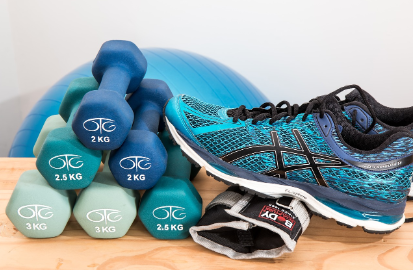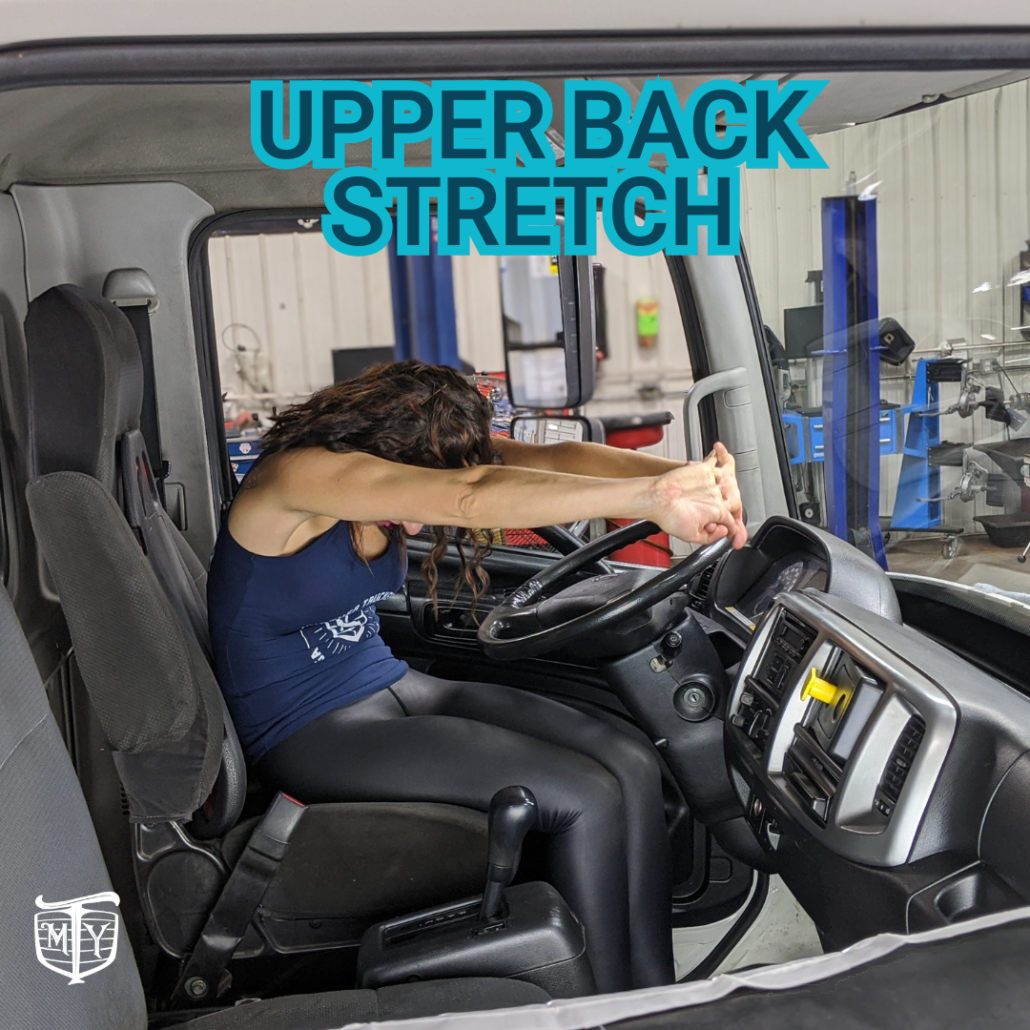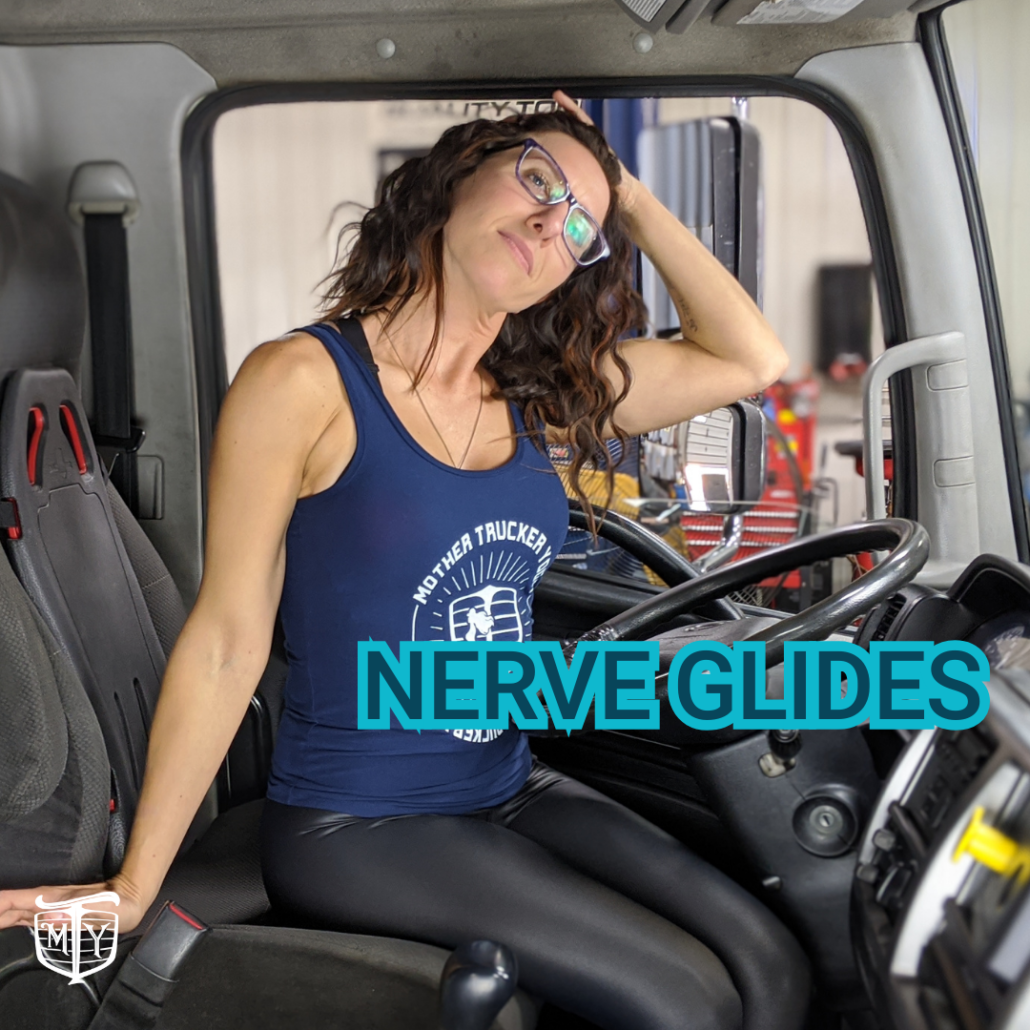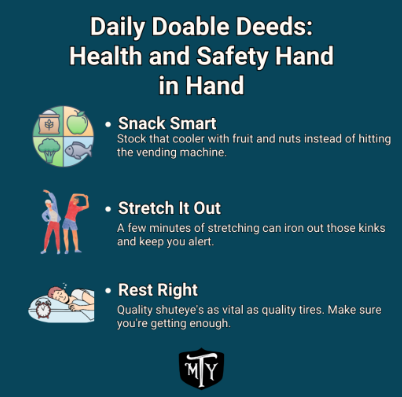Truck Driver Ergonomics: Creating a Comfortable Cab for Healthy Driving
Introduction
Truck drivers spend long hours on the road, often in cramped truck cabs that can lead to various health issues over time. Sitting for prolonged periods, awkward postures, and repetitive movements take a toll on the back, neck, shoulders and legs. In fact, truck drivers have higher rates of musculoskeletal disorders than workers in many other occupations. These injuries can cause chronic pain, disability, and lost time at work. Truck Driver Ergonomics
An ergonomically designed truck cab is crucial for drivers’ health, safety and performance. The layout and adjustability of the seat, steering wheel, pedals, gear shifter and other cab components have a major impact on comfort and preventing injuries. Even small improvements to fit drivers of different sizes can make a big difference day after day. Ensuring proper ergonomics helps drivers stay alert and avoid hazardous situations on the road. This article will examine key areas of focus when optimizing truck cabs for healthy driving.
Seat Design
A truck driver’s seat is one of the most important components for comfort and ergonomics. Proper seat design can help reduce back pain and fatigue from long hours sitting behind the wheel. The ideal truck seat should have adequate cushioning as well as adjustability features.
Cushioning materials like high-density foam provide shock absorption and evenly distribute the driver’s weight to avoid pressure points. Thicker cushions and padding can prevent discomfort, especially on bumpy roads. The ability to adjust seat height and angle is also important, as each driver will have a different optimal position depending on their height and body shape.
Lumbar support is essential for maintaining good posture and preventing lower back strain. An adjustable lumbar cushion that contours to the natural curve of the spine takes pressure off the lower vertebrae. Some truck seats also have built-in air lumbar bladders that drivers can inflate or deflate until comfortable.
Since trucks are prone to vibration from the engine and rough roads, the seat should be designed to dampen these forces. Effective dampening prevents vibrations from transferring through the seat frame and cushion, reducing fatigue. Suspension systems, dampeners, and shock absorbers in the seat help minimize the effect of prolonged vibration.
With the right cushioning, adjustability, lumbar support and vibration reduction, truck drivers can stay comfortable and avoid back problems from sitting long hours on the road. Careful seat design is a top priority for healthy truck driving ergonomics.
Steering Wheel Position
Proper steering wheel placement is crucial for truck drivers to maintain comfort and visibility while driving long hours. The steering wheel should be adjustable to accommodate drivers of different heights and arm lengths.
Adjustability
The ideal steering wheel position allows a driver’s arms to rest comfortably at a 90-120 degree angle when gripping the wheel. This prevents overextension of the arms which can lead to fatigue and strain over time. Many modern trucks have tilt and telescoping mechanisms to customize the wheel position. Drivers should take the time to properly adjust the wheel so their body is in an ergonomic position.
Visibility Considerations
The steering wheel should never obstruct visibility of the road or instrument panel. A wheel positioned too high can block sight lines. One that is too low forces drivers to peer over it. Proper placement enables clear visibility for safe driving. The wheel should be high enough to see the gauges, but low enough to have a full view of the road ahead. Adjusting the seat height in conjunction with the wheel position can help optimize visibility.
Floor Pedals
The floor pedals in a truck cab – the accelerator, brake, and clutch – are key controls that drivers must be able to use comfortably and safely at all times. Proper positioning and design of the pedals can help prevent leg, knee, ankle, and foot injuries and fatigue.
The pedals should have non-slip textures to ensure drivers’ feet do not slip off when using them. Rubber pedals with grip patterns work well for this. Smooth metal or plastic pedals can become slippery too easily.
Adjustable pedal positions are also important, as drivers have varying leg lengths. Pedals that can slide forward and back allow each driver to find the optimal spot that reduces strain on their legs. At a minimum, the accelerator and brake pedals should be adjustable. The clutch pedal is also beneficial to adjust, but not all truck manufacturers offer this currently.
Proper spacing between the pedals must also be considered. If pedals are too close together, it can be difficult to move between them smoothly. But spacing them too far apart can cause overreaching injuries. Generally a spacing of 8-10 inches between pedals allows most drivers to pivot their feet comfortably.
Gear Shifter
The gear shifter is one of the most frequently used controls in a truck cab. Its positioning and shift pattern design can greatly impact a driver’s comfort and reduce strain.
Many trucks now use a dash-mounted shifter, positioned within easy reach on the driver’s right side. This prevents the need to reach down between seats and allows a clear view of the gear positions.
The shift pattern itself should use a simple H-pattern or straight shifting method. Complex shifting patterns require more concentration and movements from the driver. A clear, straightforward pattern helps make shifting gears second nature.
Some key tips for improving shifter ergonomics:
-
Mount the shifter high on the dash within easy reach. Avoid floor-mounted shifters.
-
Use a shape that fits the palm of the hand. Large or oddly shaped knobs can cause grip strain.
-
Allow clearance around the shifter so the driver’s hand and arm can move freely.
-
Use a boot or cover to prevent debris from entering the shifter mechanism.
-
Employ smooth, moderate shift throws between gears. Short or long throws increase effort.
-
Arrange the shift pattern in an intuitive H or straight line. Skip complex shifting patterns.
With proper placement and an optimized shift mechanism, the driver can smoothly operate the truck without excessive reaching, twisting, or stress on the arm and hand. This contributes to healthier long-haul driving.
Door Access
Getting in and out of the cab safely is crucial for truck drivers. The door and step design impacts how easily drivers can enter and exit the vehicle.
Ideally, trucks should have 3-4 steps leading up to the cab door. This allows drivers to enter and exit the cab ergonomically, without straining themselves. The steps should be deep enough for the whole foot, with textured surfaces to prevent slipping. Hand holds near the door frame also assist entry and exit. Drivers should be able to grasp secure hand holds to pull themselves up into the cab.
The door itself should be placed appropriately to prevent awkward movements. A door opening too far forward or back can cause injury over time. Pay attention to soreness after entering and exiting the cab. Discuss step and hand hold placement with fleet managers to find the optimal door access design. With the right configuration, drivers can get in and out of the truck safely, reducing strain on the knees, hips and back.
Dashboard
The dashboard design and layout plays a critical role in driver ergonomics and safety. Poorly positioned controls and displays can lead to driver distraction, discomfort, and fatigue.
When designing the dashboard, the positioning of frequently used controls should be within easy reach of the driver to reduce unnecessary strain and distraction. Common controls like the radio, climate settings, and cruise control should be clustered together on the dashboard center stack or steering wheel. Visibility of the instrument panel displays should also be optimized, avoiding glare and easy viewing from the normal driving position.
Controls and displays should follow consistent positioning conventions that drivers are accustomed to. For example, turn signal and wiper controls are typically located on the left side of the steering wheel. Headlight controls are traditionally on the dashboard left. This consistency reduces the need to take eyes off the road to locate controls.
Redundant controls for critical functions like windshield wipers should be made available to accommodate varying driver height and reach.
Switches and knobs should be designed with usability in mind, avoiding complex sequences or actions to operate. High visibility back-lighting can aid visibility for night driving.
Optimizing dashboard ergonomics through control positioning and visibility contributes to driver safety, comfort and performance. A well-designed dashboard minimizes distractions and fatigue.
Sleeper Cab
The sleeper cab is where truck drivers rest while on long hauls. Having a comfortable sleeping environment is crucial for truckers’ health and safety. Two key factors for an ergonomic sleeper cab are bed size and storage space.
Bed Size and Mattress
Truck sleeper cabs should have a bed that is at least 48 inches wide and 75 inches long. This gives enough room for the driver to fully stretch out. The mattress should be thick and cushioned, preferably a high-quality foam or innerspring mattress. Avoid thin, hard mattresses that can lead to body aches and pains.
Look for beds that allow storage underneath, maximizing the space. The ideal sleeper cab bed enables the driver to get a fully restful sleep.
Storage Space
Sleeper cabs should have ample and well-designed storage space. Long haul truckers need room to store clothes, food, and personal items securely. Look for cabs with closets, cabinets, shelves, and compartments for optimal storage.
The space should allow the driver to fully organize gear and prevent clutter. Well-designed storage with easy access to necessities can make the small sleeper cab feel more spacious.
Smart storage space placement uses all possible areas, including under the bed, over the cab, and in the walls. An ergonomic sleeper cab feels organized and tailored to the driver’s storage needs.
Climate Controls
A truck driver’s cab climate controls can greatly impact comfort and alertness during long hauls. Most modern trucks have separate driver and passenger climate zones, allowing each occupant to tailor the temperature to their personal preference. Dual zone controls with individual temperature settings are ideal.
Vent placement is another essential ergonomic consideration. Vents should be positioned to avoid blasting air directly on the driver. Angled vents that diffuse airflow gently across the cab are preferred. Having adjustable vents allows directing the air as needed, without an intense concentrated stream.
Aim vents so they lightly circulate air around the cab instead of blowing strongly right on the driver. Well-placed adjustable vents make it easy to keep the climate comfortable without creating drafts or noise distraction. With smart vent design and zoned temperature controls, the climate system can aid driver focus while reducing fatigue.
Recommendations
Top priorities for drivers
When driving for long hours, focus first on comfort and support. Invest in a high-quality seat with adjustable lumbar support and cushioning. Make small adjustments to the seat position and backrest angle until you find an optimal posture that maintains the natural curve of the spine.
Be mindful of reaching too far for the steering wheel, gear shifter, and pedals, which can strain the back and shoulders. Consider using a seat cushion or back support pillow for added comfort. Take regular breaks to stand, stretch, and move around.
Stay hydrated and avoid heavy meals that can make you drowsy. Keep an eye on posture and don’t slouch during driving. Adjust your seat position over time as needed.
Aftermarket accessories
Some helpful accessories to consider:
-
Seat cushion – Provides extra padding and support. Look for memory foam or gel.
-
Back support – Contoured lumbar pillows can ease lower back pain.
-
Steering wheel cover – Cushions the grip and prevents hands from slipping.
-
Pedal extensions – Makes reaching the pedals easier for shorter drivers.
-
Bluetooth headset – Allows for hands-free calling while driving. Reduces neck strain from holding a phone.
-
Air purifier – Removes allergens and refreshes stale cab air.
-
Portable cooler – Provides easy access to chilled drinks and snacks.
-
Noise cancelling headphones – Blocks out loud sounds to allow resting.
-
Neck pillow – Supports the neck during naps in the sleeper cab.
-
Therapeutic heat/cold packs – Alleviates muscle aches and soreness.













